A new district heating network could heat the homes of almost half of Glasgow residents, as part of a drive to switch to sustainable energy across the city.
That's the conclusion of a new report that seeks to identify how Glasgow can reduce its demand for heat while decarbonising its supply in support of the city's effort to tackle the emissions that fuel climate change.
The Local Heat and Energy Efficiency Strategy (LHEES) seeks to support the development of District Heat Networks by identifying where there is heat demand in Glasgow and also seeks to reduce the demand for energy through improved energy efficiency of our buildings. The strategy is now open for public consultation, which runs until September 25.
Initial findings of the strategy indicate that the development of heat networks has the potential to reach up to 46% of the city's population from a wide range of sustainable energy sources. Glasgow is already home to eight district heating networks such as the system installed at the former Athlete's Village in Dalmarnock or the recently developed network at Sighthill.
Following national legislation on heat networks, the LHEES identifies 21 zones across the city where the density of heat demand shows there potential for viable district heating systems. Options for sources of energy for future district heating networks could include:
• extracting the natural heat from the River Clyde by using water source heat pumps,
• using the energy from waste created at plants such as the Glasgow Recycling and Renewable Energy Centre,
• drawing heat from deep geothermal wells,
• tapping into the city's wastewater system,
• extracting the heat found in flooded, former mine workings,
• capturing waste heat from buildings such as distilleries, supermarkets, data centres, laundrettes and bakeries.
Emissions from gas, which heats 84% of domestic properties in the city, accounts for 43% of the 2.4 million tonnes of carbon produced in Glasgow every year. But the widespread use of gas boilers may assist a transition to district heating networks as 'wet' central heating systems can be converted to work with other types of heat generation.
Ensuring the energy efficiency of Glasgow's 300,000 homes is also a crucial objective of the strategy as it can help address fuel poverty in the city, but it is recognised this could be a major challenge with the high proportion of older-style tenements in the city that are not best suited to standard insulation methods.
Councillor Angus Millar, City Convener for Climate, believes the LHEES provides the basis for Glasgow to tackle a significant source of Glasgow's carbon emissions while also dealing with the impact of fuel poverty. Councillor Millar has urged Glasgow residents to put forward their views on how to Glasgow in future before the consultation concludes on September 25.
Councillor Millar said: "How we heat our homes in future lies at the very heart of our efforts to create a net zero Glasgow. Keeping homes warm is almost entirely reliant on burning fossil fuel and so a switch to more sustainable approaches will affect everyone.
"The Local Heating and Energy Efficiency Strategy shows there is a way ahead and there are many options available on how we can decarbonise domestic heating. A big advantage for Glasgow is the high concentration of housing found in many communities across the city, which helps ensure the potential in district heating systems.
"How we identify the zones where district heating networks are viable and what kind of sources of energy should be used are key questions in our public consultation. But it is just as crucial we have public feedback on how we ensure heating remains affordable in a city with widespread fuel poverty.
"Our Local Heat and Energy Efficiency Strategy aims to create the conditions for the city to benefit from affordable, reliable, and low-carbon heat. Public input to the strategy is essential part of creating a just and equitable transition to a cleaner, more sustainable system for domestic heating."
For homes that sit outside indicative boundaries for heat network zones, it is proposed that the use of heat pumps may be the most appropriate intervention, either on an individual basis or as part of smaller, communal networks. Improving thermal efficiency in these homes would be a major focus of this approach.
Engagement with external stakeholders such as housing associations and other public organisation on the LHEES has already taken place. Further work to present the strategy to other organisations such as community councils will be undertaken over the course of the consultation, which runs until September 25.
Construction News
13/09/2023
New Glasgow District Heating Network Proposed
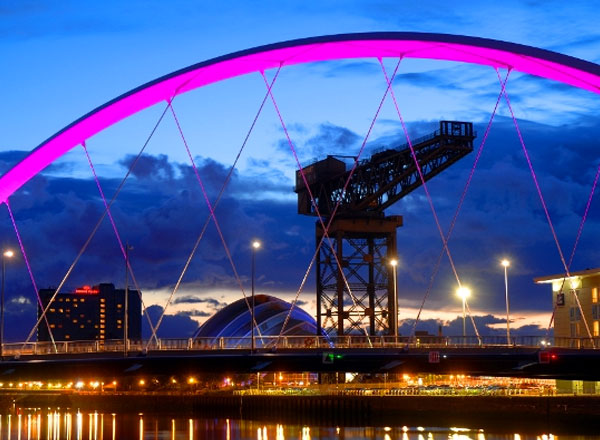
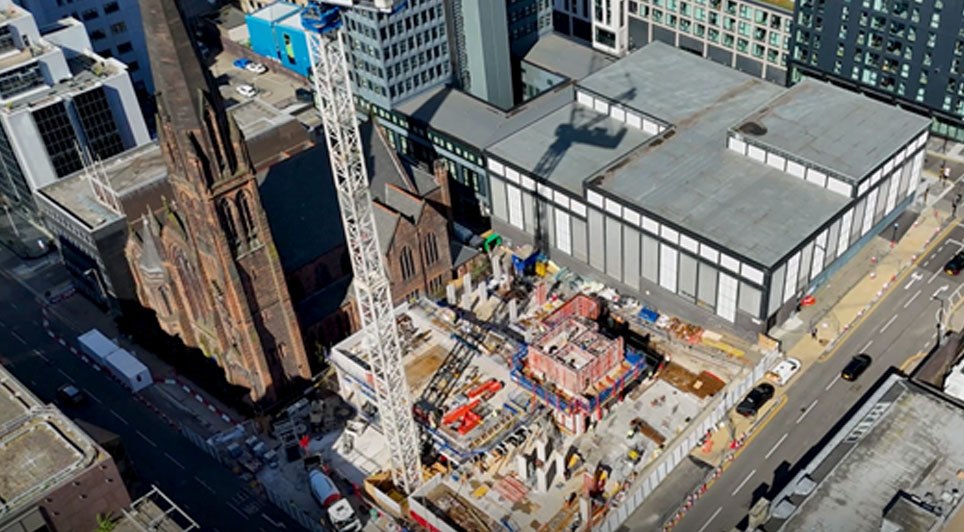
15/04/2025
Construction of a £70 million student accommodation development at 292-298 St Vincent Street in Glasgow has reached a significant milestone, with the building now visibly rising from the ground.
Drone footage has captured the progress of the project, which is a partnership between developer Artisa
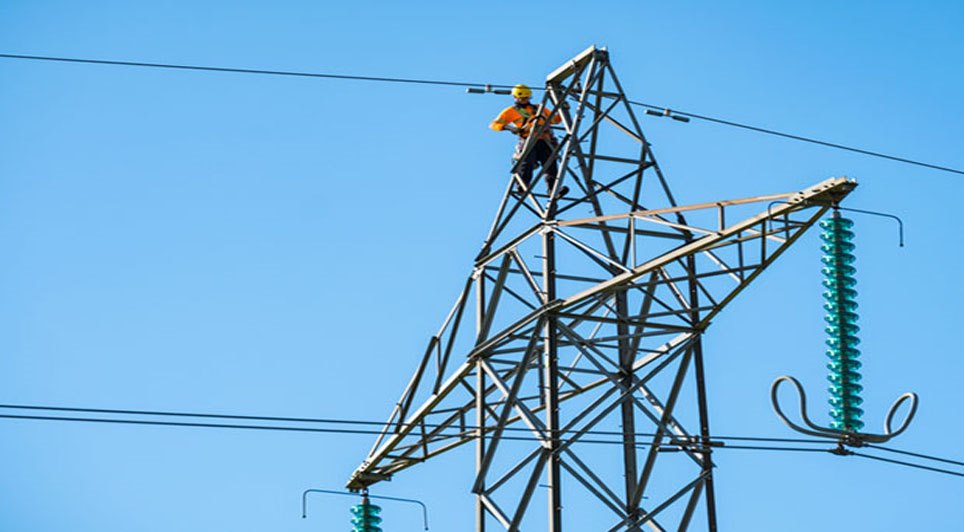
15/04/2025
Energy regulator Ofgem is expected to confirm today (April 15) its finalised Connections Reform process, designed to expedite grid connections for renewable energy projects that are ready and crucial for achieving the UK's clean power targets for 2030 and beyond.
The new connections system, anticip
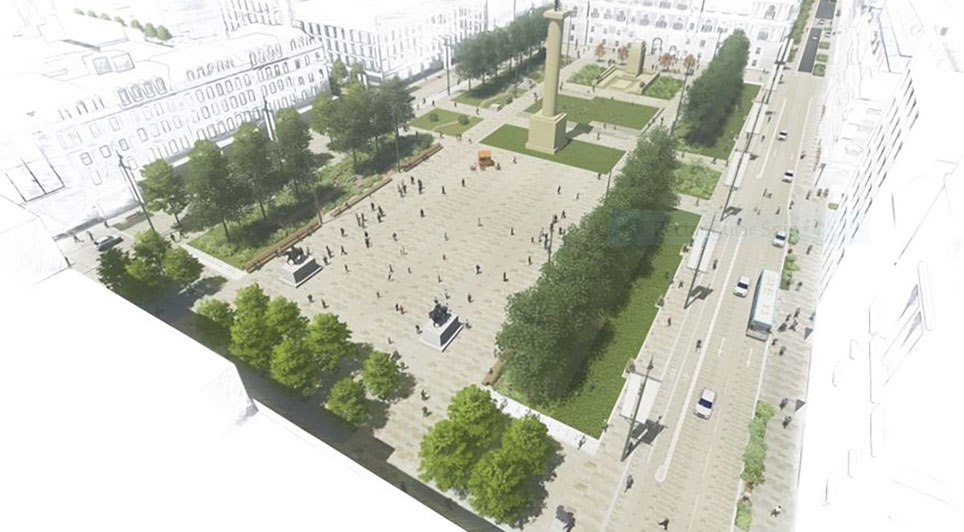
15/04/2025
The ambitious transformation of Glasgow’s landmark George Square has moved into a tangible phase with the commencement of the erection of hoardings around the perimeter of the civic space. Starting today, the hoardings will enclose the Square for the duration of its 18-month redevelopment.
The pane

15/04/2025
Members of the public are invited to attend a consultation feedback event to discuss the proposed infrastructure associated with a new underground electricity transmission cable between the Kinardochy and Errochty substations in Perthshire.
The event will take place on Monday, 28 April, from 4 pm t
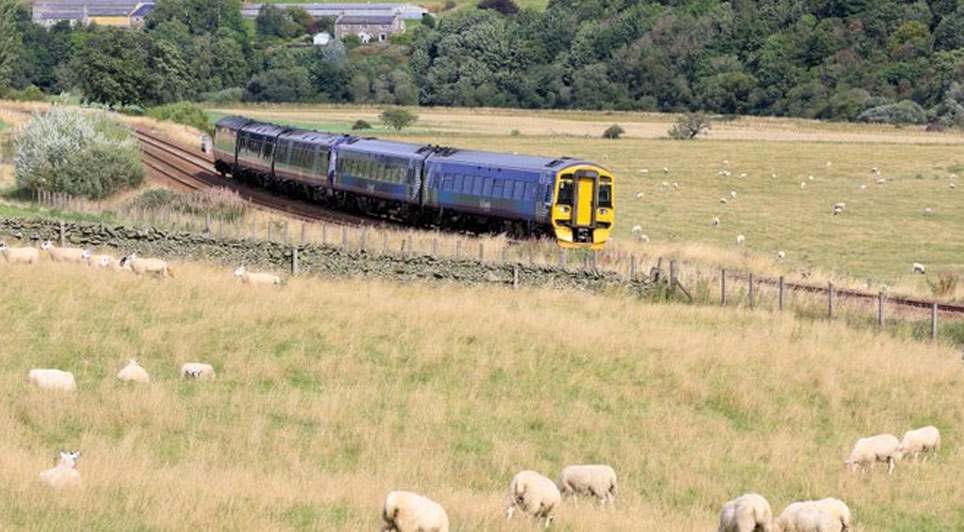
15/04/2025
Turner & Townsend have been appointed as project managers to develop a business case for the potential extension of the Borders Railway beyond its current terminus at Tweedbank to Hawick and Carlisle.
This key appointment will enable crucial work to progress on the project, including feasibility s
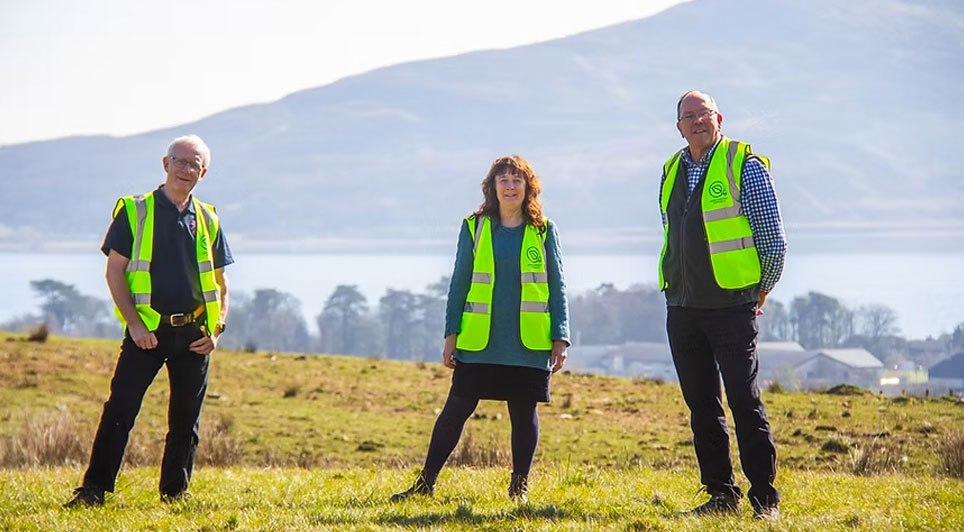
15/04/2025
Arran Community Renewables, a Community Benefit Society based on the Isle of Arran, has secured planning consent for a 6 MW solar farm. The Glenkiln Solar Farm, located approximately 1km west of Lamlash, is projected to generate 5,600MWh of clean renewable energy annually from 2027.
The £5 million
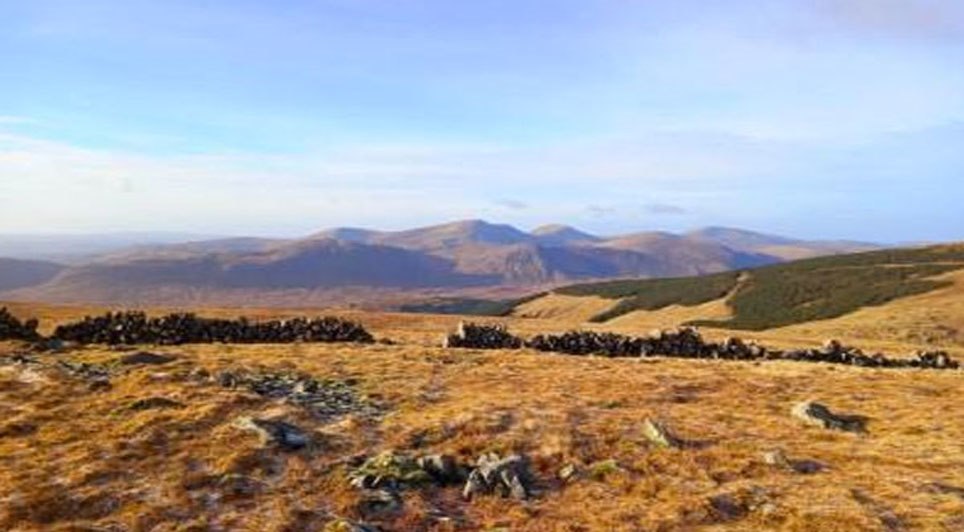
15/04/2025
A new Route Map has been published by the Scottish Land Commission (SLC) to ensure communities across Scotland secure tangible and long-lasting benefits from nature restoration projects and investment in the country's natural environment.
The practical guide is designed for landowners, developers,
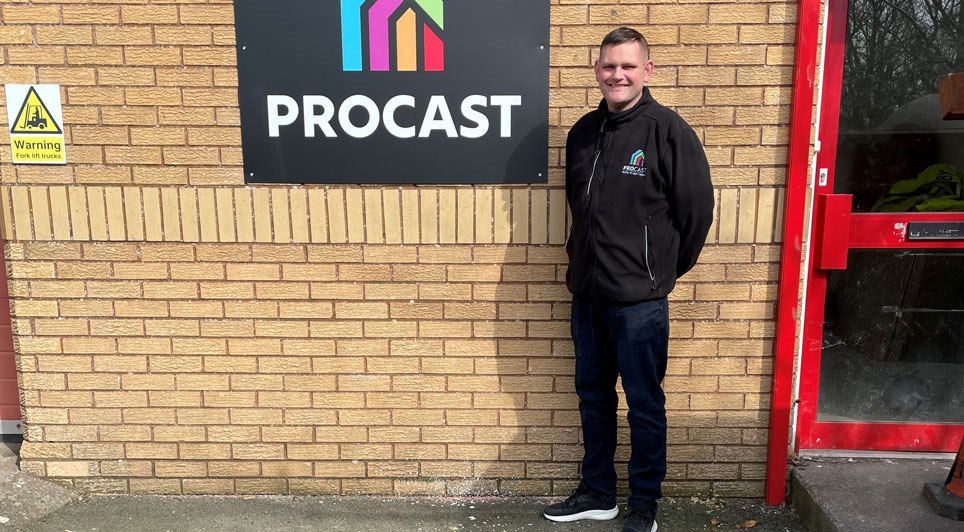
15/04/2025
Award-winning principal contractor Procast Group has further expanded its presence across Scotland with the opening of a new base in Dumfries. The Hamilton-based firm has invested £30,000 in a new warehouse and office facility in the Maxwelltown Industrial Estate in Dumfries and Galloway, marking it
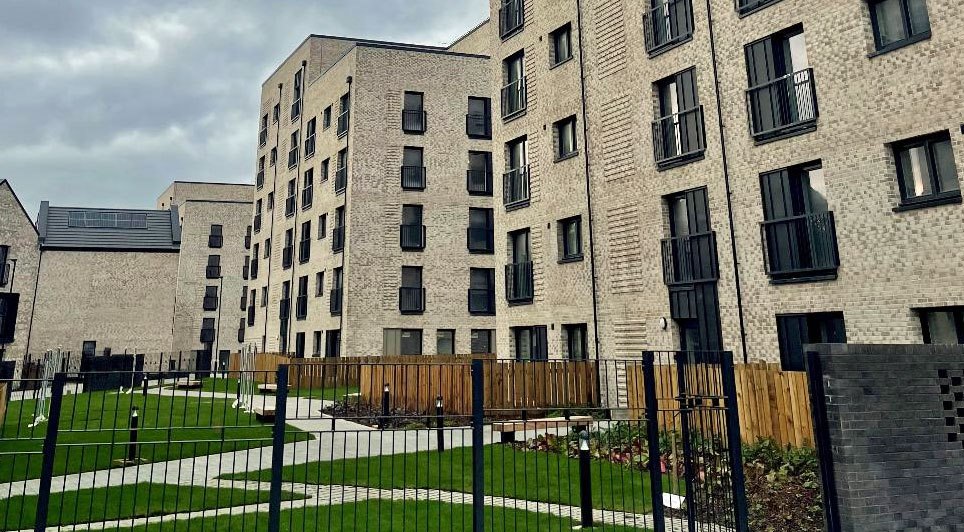
14/04/2025
Glasgow City Council's Affordable Housing Supply Programme (AHSP) facilitated the completion of over 1,000 new affordable homes in the city during the past year, despite facing budgetary reductions at the start of the financial year.
The initial grant of £78.687 million from the Scottish Government
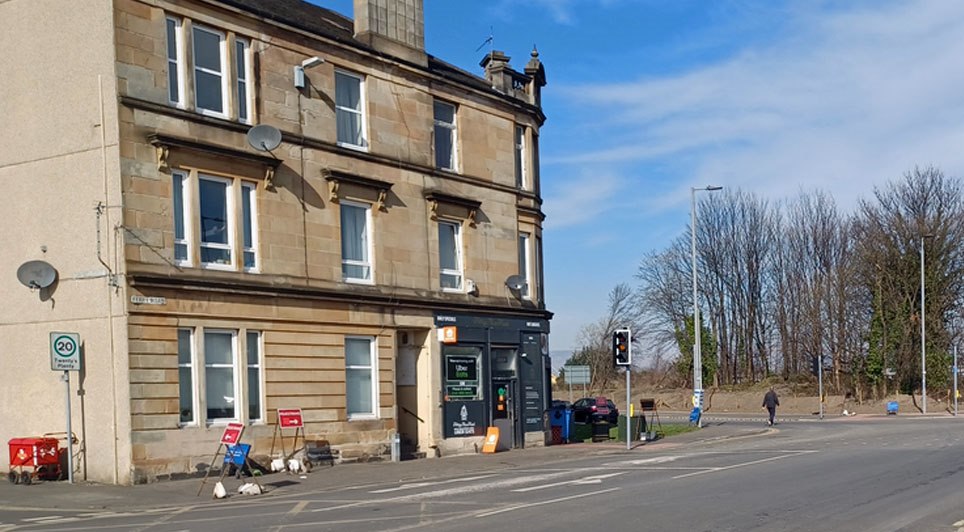
14/04/2025
A key phase of Scottish Water's £11.5 million project to upgrade a strategic rising sewer main connecting Renfrew and Glasgow is set to begin, resulting in a significant road closure.
From Monday, 28 April 2025, Ferry Road in Renfrew will be closed to all vehicular traffic for a period of four mont
 Scotland
Scotland UK
UK Ireland
Ireland London
London











